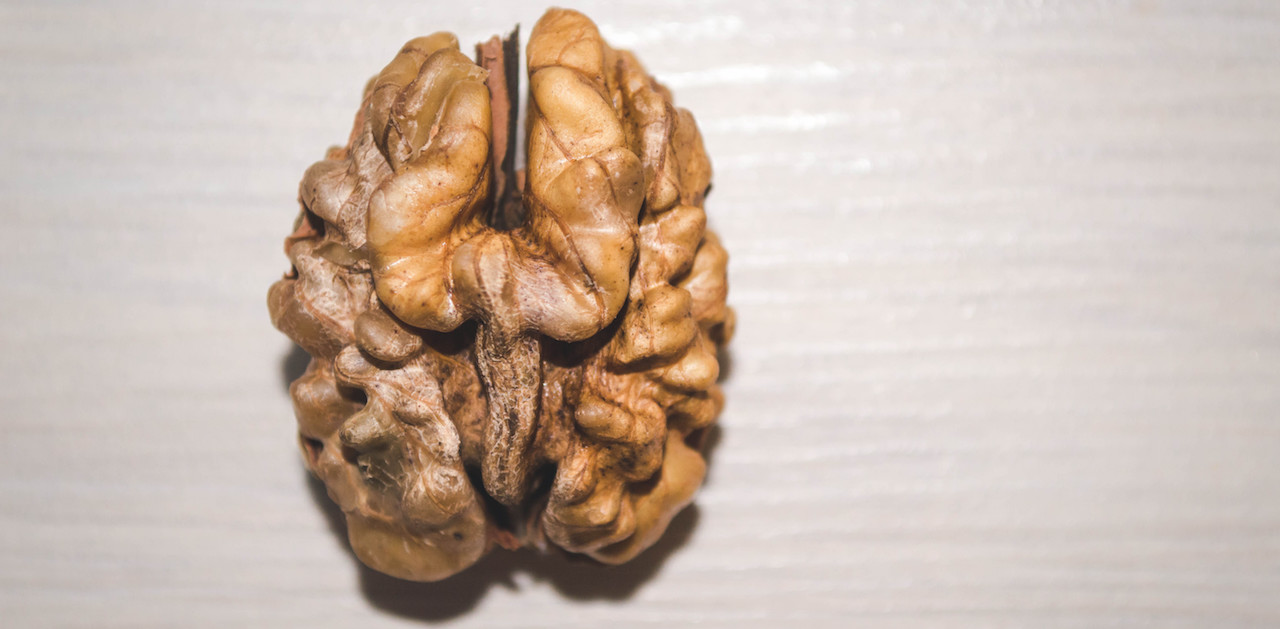Your tongue is one of the most powerful organs that you have. It’s made up of a mobile group of muscles that are attached to the floor of the mouth. We use this fleshy pink organ to taste, lick, swallow and speak. The top of the tongue is covered with small bumps called papillae. The majority of our tastebuds are found in these papillae.
Your tongue does more than help you gobble down your food; it assists with digestion and mouth cleaning during the chewing and swallowing process. This muscular organ also holds secrets about your health!
Stick out your tongue
Your tongue can be a reflector of your health by its smell, appearance and texture.
This is what your tongue says about you…
Red or strawberry tongue
- You may have a vitamin deficiency. A bright and glossy red tongue says that your body lacks iron or Vitamin B12. Vitamin B12 and iron are needed to mature papillae on the tongue. If you have a deficiency of those vitamins, you lose those papillae, which can make your tongue appear very smooth.
- Scarlet fever is a bacterial infection that develops in some people who have strep throat and it can cause the tongue to have a red and bumpy appearance.
- Kawasaki Disease, which is often seen in children under the age of five and usually comes with a high fever, can also cause the strawberry-like appearance.
Whites patches, spots or coating
- This could be oral thrush; a yeast infection that develops inside the mouth. It appears in the form of white patches that look like cottage cheese. It’s commonly seen in infants, the elderly who wear dentures and people with weak immune systems. Oral thrush is likely to appear after you’ve taken antibiotics for a long time.
- Leukoplakia is a condition that causes the cells in the mouth to grow excessively. This leads to white patches on the tongue and inside the mouth. Leukoplakia can develop when the tongue has been irritated but is often seen in people who use tobacco.
Sore or bumpy
- Smoking can irritate your tongue and cause soreness.
- A lump or sore on your tongue that doesn’t go away within two weeks could be a sign of oral cancer.
- Mouth ulcers can be sore and bumpy. These can be caused by stress and may heal within a week or two.
- Your tongue may look bumpy after you eat something spicy or hot which can make your tastebuds temporarily inflamed.
Black and hairy tongue
- The papillae (home to your tastebuds) on your tongue grow throughout your lifetime. When they become too long, it becomes easier for bacteria to grow and stay there. When these bacteria grow, they may look dark or black, and the overgrown papillae can have a hair-like appearance. This isn’t common or too serious, but it’s likely to happen in people who don’t have good oral hygiene.
Fissures or cracks
- A fissured tongue commonly happens to people with Down syndrome, a chromosomal disorder. It’s also associated with Melkersson-Rosenthal syndrome, a rare neurological disorder, characterised by facial paralysis, swelling of the face and lips, and the development of folds and furrows in the tongue.
Worried about something on your tongue? Why not chat to one of our doctors? They can help you decide how serious it is. Always check your tongue for any changes when you brush your teeth.
References
- https://www.webmd.com/oral-health/ss/slideshow-tongue-your-health
- https://health.clevelandclinic.org/what-your-tongue-can-tell-you-about-your-health/
- https://www.webmd.com/oral-health/guide/tongue-problem-basics-sore-or-discolored-tongue-and-tongue-bumps#2
- https://www.healthline.com/symptom/fissured-tongue


